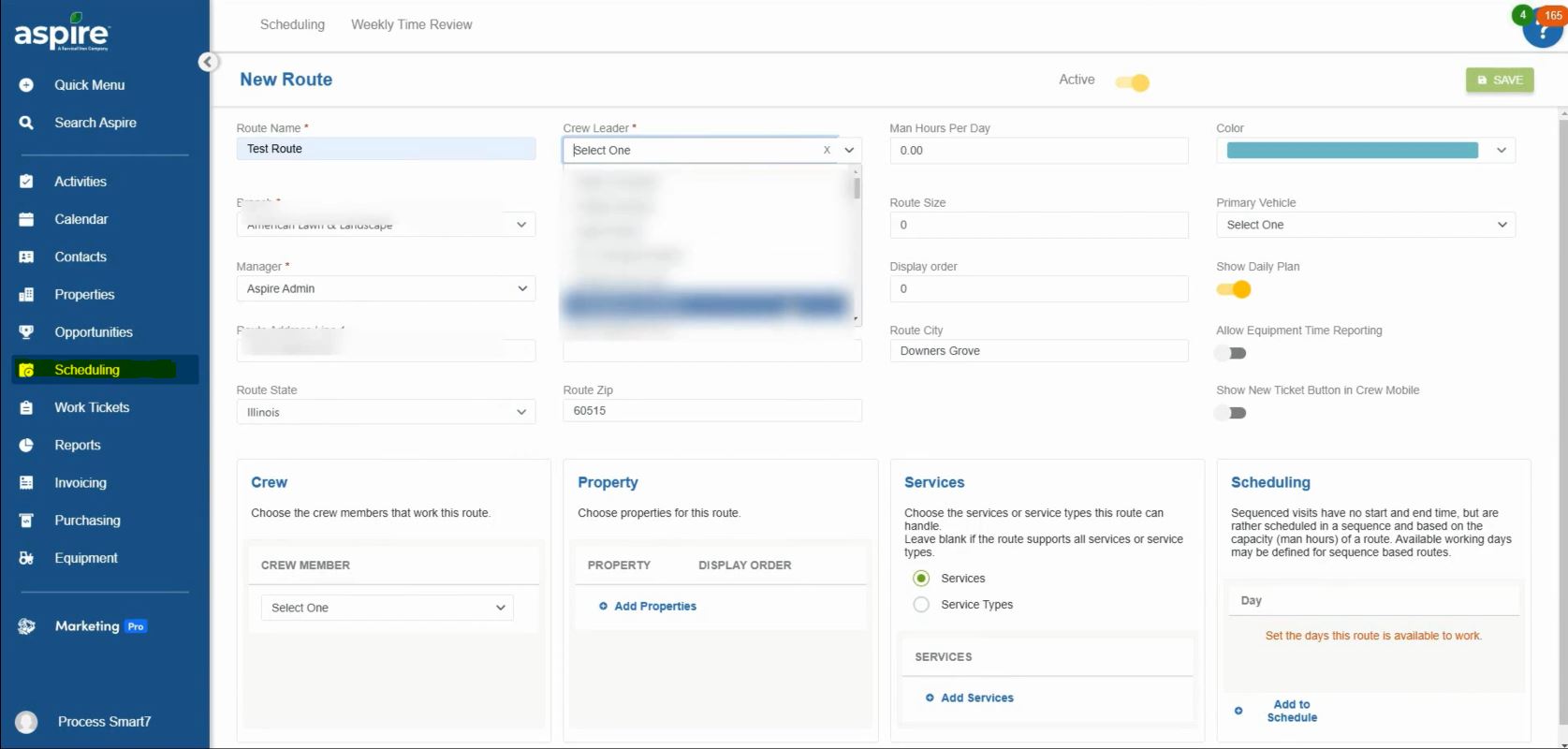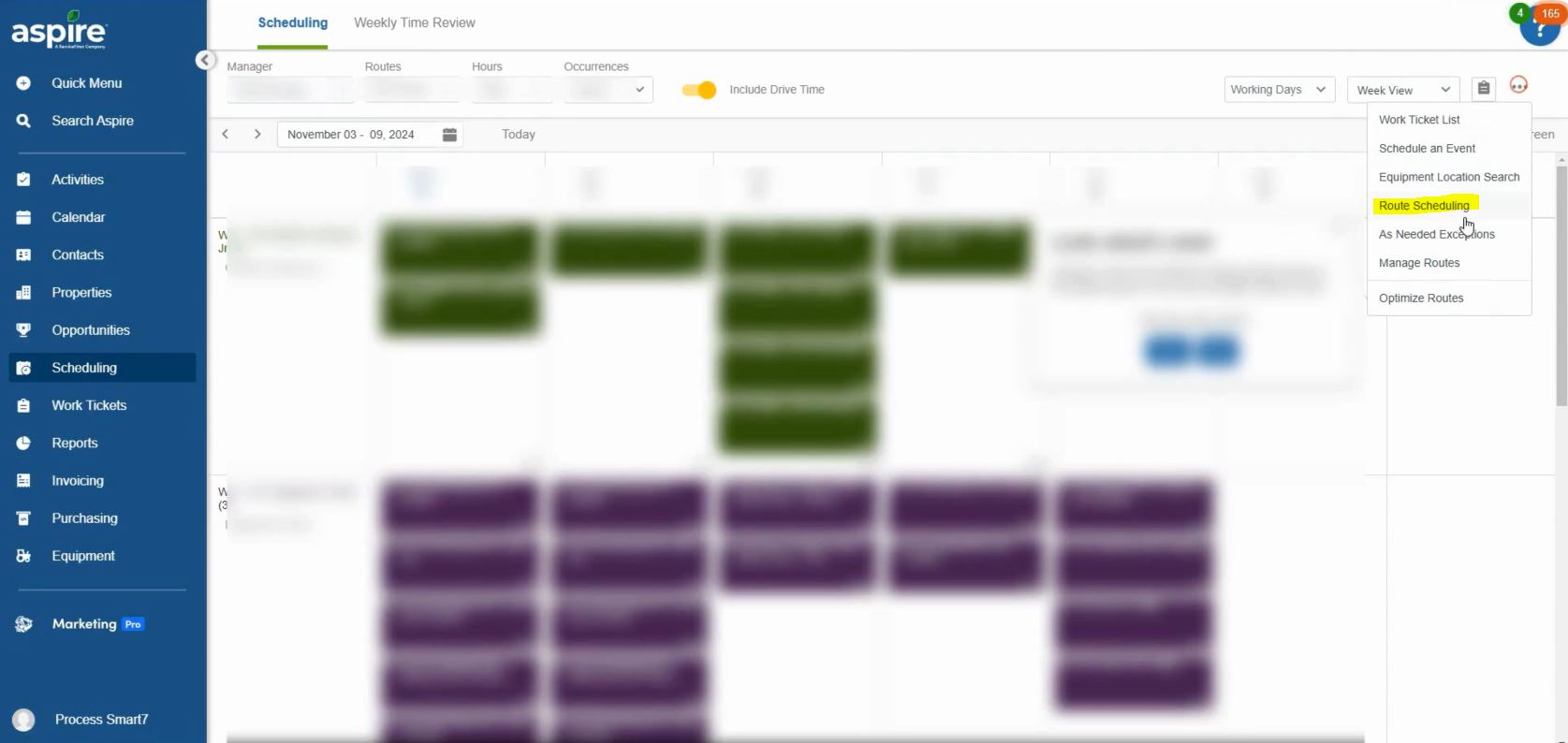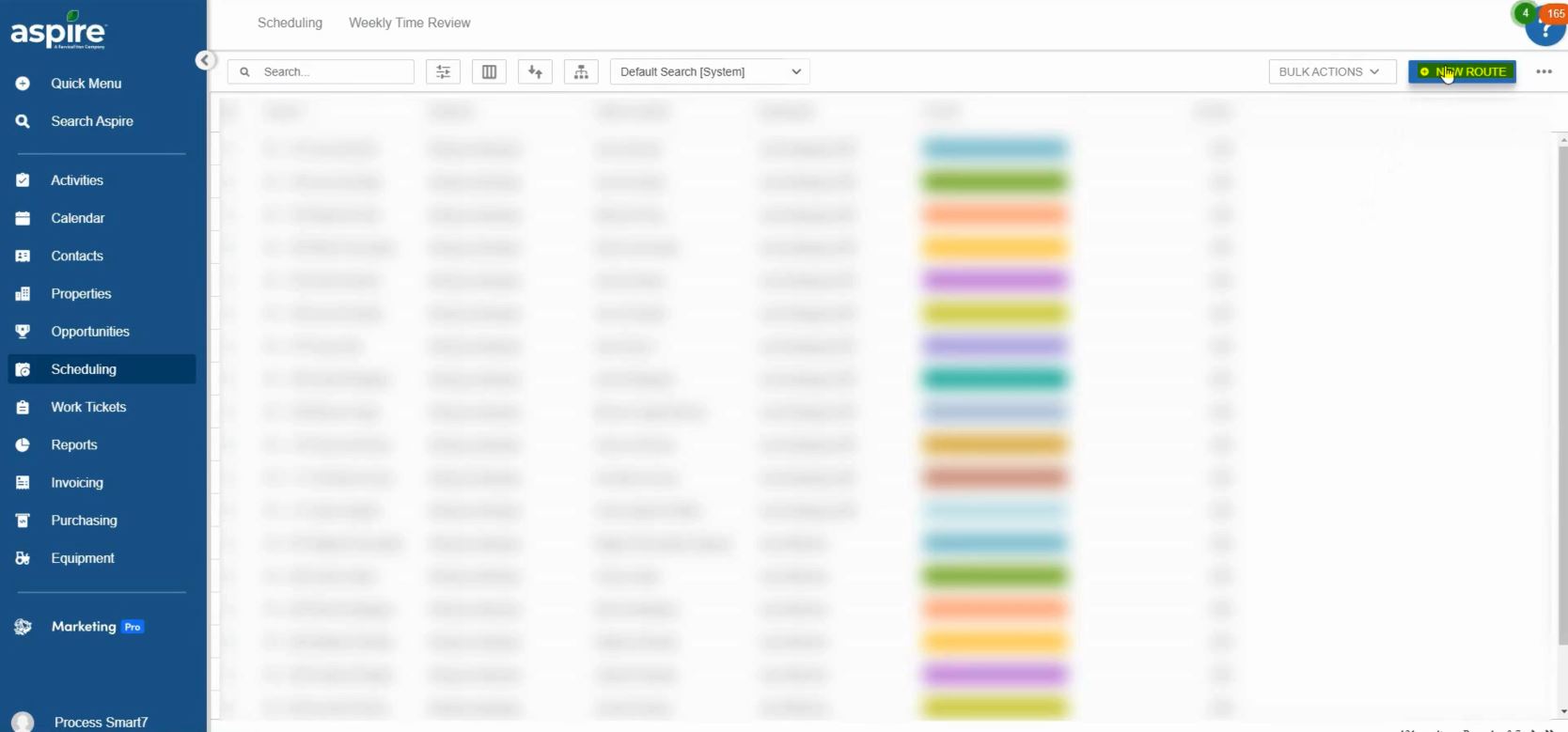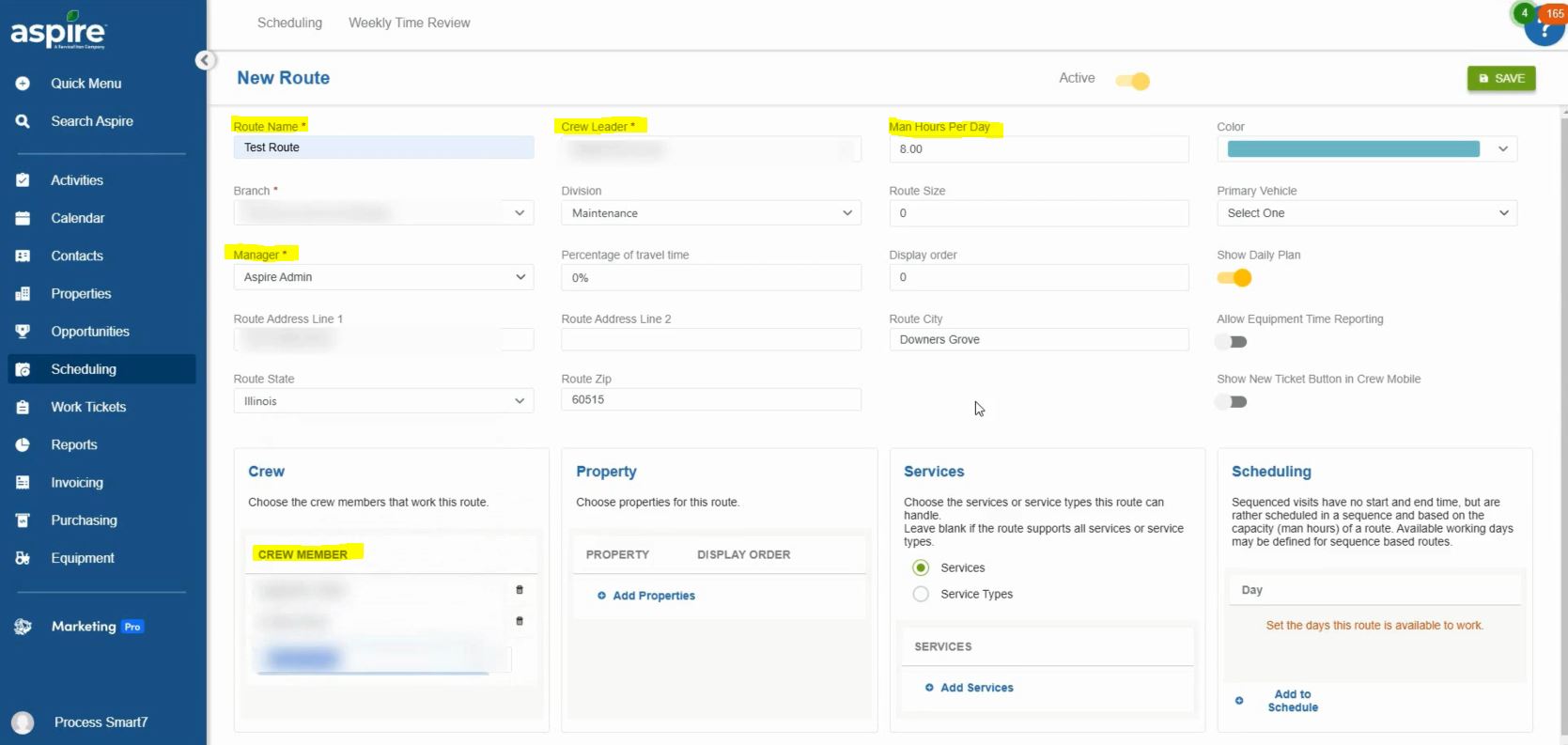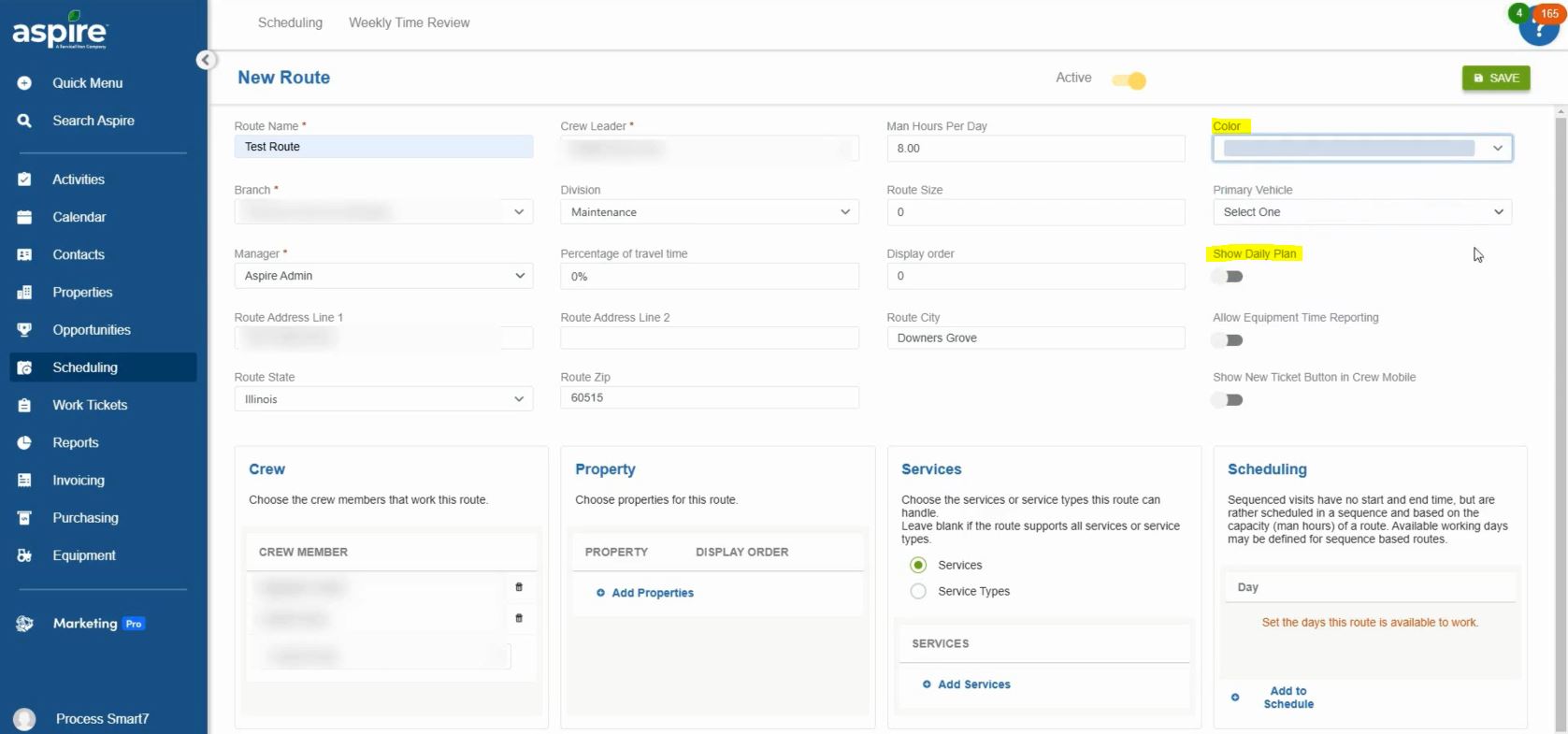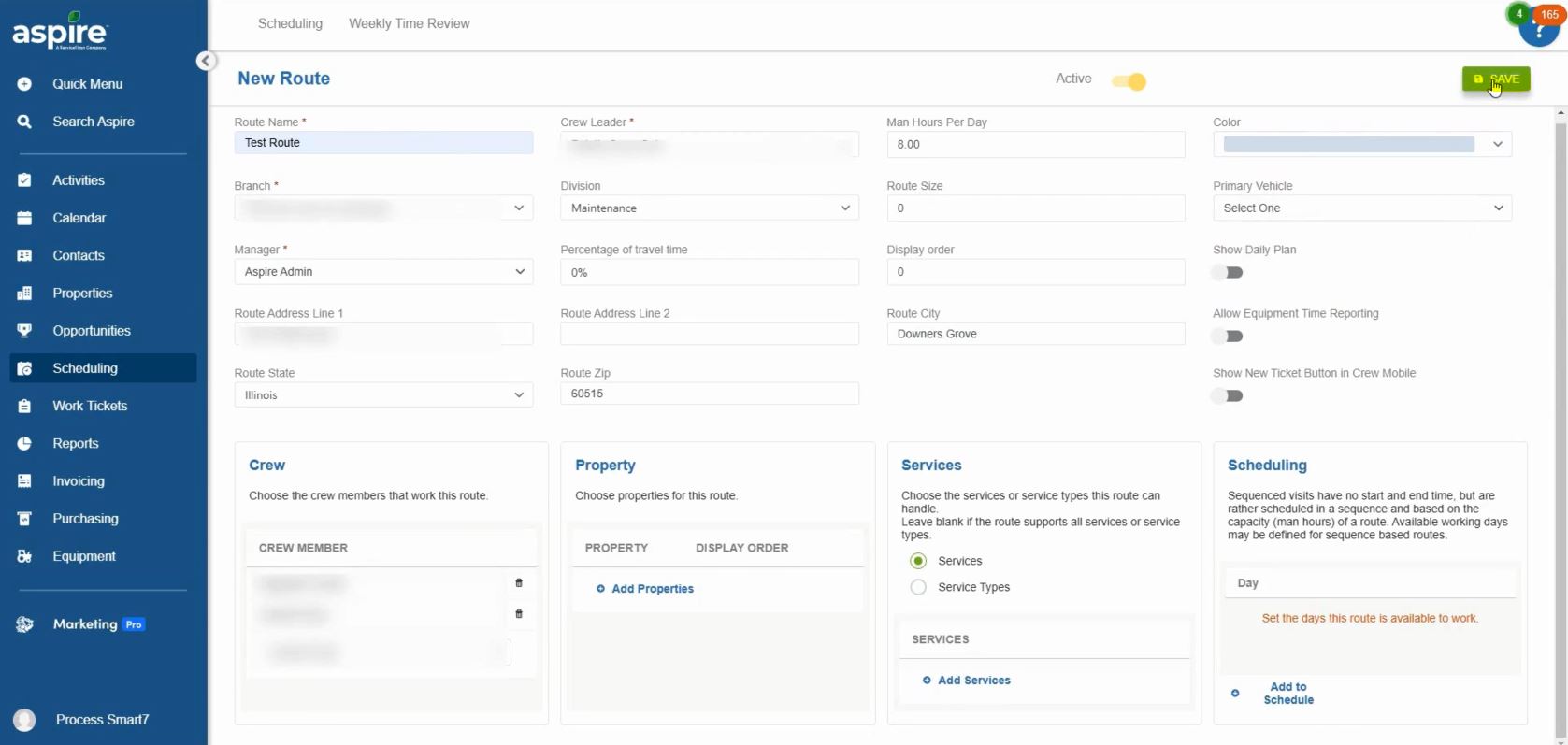In today’s data-driven landscape, Key Performance Indicators (KPIs) are invaluable tools for monitoring progress, aligning efforts, and driving business success. However, to be effective, KPIs must align directly with a company’s core objectives, avoiding the common pitfall of tracking too many metrics. When KPIs are focused and purpose-driven, they become powerful tools for companies like Process-Smart, a leader among BPO companies (business process outsourcing), in supporting informed decision-making and optimized performance across areas like Back Office Support, Auditing Services, and quality assurance services.
Understanding Your Business Objectives
A critical first step in developing KPIs is understanding the business’s primary goals. Effective KPIs are built on a foundation of clear objectives, whether those are related to revenue growth, customer retention, or operational efficiency (Marr, 2015). By identifying which objectives are critical, companies like Process-Smart can offer targeted services in Accounts Payable, outsourced bookkeeping services, quality control services, and payroll tax management that are measurable and aligned with the company’s strategy.
Balancing Leading and Lagging Indicators
An effective KPI strategy incorporates both leading and lagging indicators to provide a comprehensive view of performance. Leading indicators predict future outcomes, while lagging indicators measure past results. For example, leading indicators such as the number of qualified leads generated help forecast future revenue. In contrast, lagging indicators like total monthly revenue show actual performance. For BPO companies like Process-Smart, balancing these indicators is essential across various back-office support services, from digital marketing services to Customer chat support and call center support.
Focusing on High-Impact Drivers
One of the most common mistakes businesses make is tracking too many KPIs. The best approach is to focus on the metrics that most influence success and limit the number to what’s truly necessary. For instance, if operational efficiency is a critical driver, then focusing on Accounts Payable processing time, rather than tracking every financial metric, can streamline focus. Business process outsourcing providers like Process-Smart work with clients to develop KPIs tailored to their objectives, whether in quality assurance services, AI-enhanced quality control, or back office support services like bookkeeping.
Keeping KPIs Simple, Actionable, and Relevant
To ensure KPIs drive action, they should be straightforward, actionable, and relevant to business goals. Complex metrics can obscure insights and hinder a team’s ability to act. For example, Net Promoter Score (NPS) is a simple and effective KPI to gauge customer satisfaction. Process-Smart applies this principle in its offerings, which range from outsourced bookkeeping services and payroll tax management to Customer chat support. For each service, KPIs are structured to give clients a clear, actionable view of performance.
Making KPIs Measurable and Time-Bound
KPIs should be measurable and time-bound to enable meaningful analysis and progress tracking. Attaching a timeframe, such as measuring productivity on a quarterly basis, ensures relevance and responsiveness. For Process-Smart’s Back Office Support, call center support, and digital marketing services, KPIs are monitored on a routine schedule to track improvements and align efforts with client goals.
Regular Review and Publication Frequency
For KPIs to drive continuous improvement, it’s essential to establish a routine for publication and review. Monthly or quarterly updates are ideal, providing a rhythm for assessing performance without getting lost in day-to-day fluctuations. In fast-paced sectors, such as quality assurance services or business process outsourcing, more frequent reviews may be necessary, while stable sectors might opt for quarterly assessments. Companies like Process-Smart incorporate routine KPI reviews in services from Accounts Payable to call center support, ensuring metrics remain relevant and aligned with client priorities.
Bias Toward Action
Without a bias toward action, KPIs are merely numbers on a page. KPIs should drive real action, guiding strategy shifts and directly influencing daily operations. According to Gartner, companies that design KPIs around actionable outcomes see significant improvements in efficiency (Gartner, 2021). For Process-Smart, actionable KPIs are central to services like Artificial Intelligence-enhanced quality control services, back office support, and Customer chat support. Whether assessing digital marketing services or monitoring call center support, Process-Smart ensures KPIs provide clients with the insight to take timely, impactful actions.
In conclusion, developing meaningful KPIs is about identifying metrics that truly matter, avoiding the clutter of unnecessary data, and empowering teams to act on results. For companies like Process-Smart, aligning KPIs with business objectives enables clients to make data-driven decisions, ensuring every metric tracked has a clear, actionable purpose. This focus on actionable, high-impact KPIs supports Process-Smart’s broader mission to enhance client efficiency and growth across BPO and back office support services.
References:
- Marr, B. (2015). Key Performance Indicators: The 75 Measures Every Manager Needs to Know. Pearson Education.
- Harvard Business Review. (2020). “Why KPIs Are Important for Business Success.”
- American Productivity & Quality Center (APQC). (2021). “The Value of Leading and Lagging Indicators in Performance Management.”
- Gartner. (2021). “Turning Data into Decisions: Building KPIs that Drive Action.”
